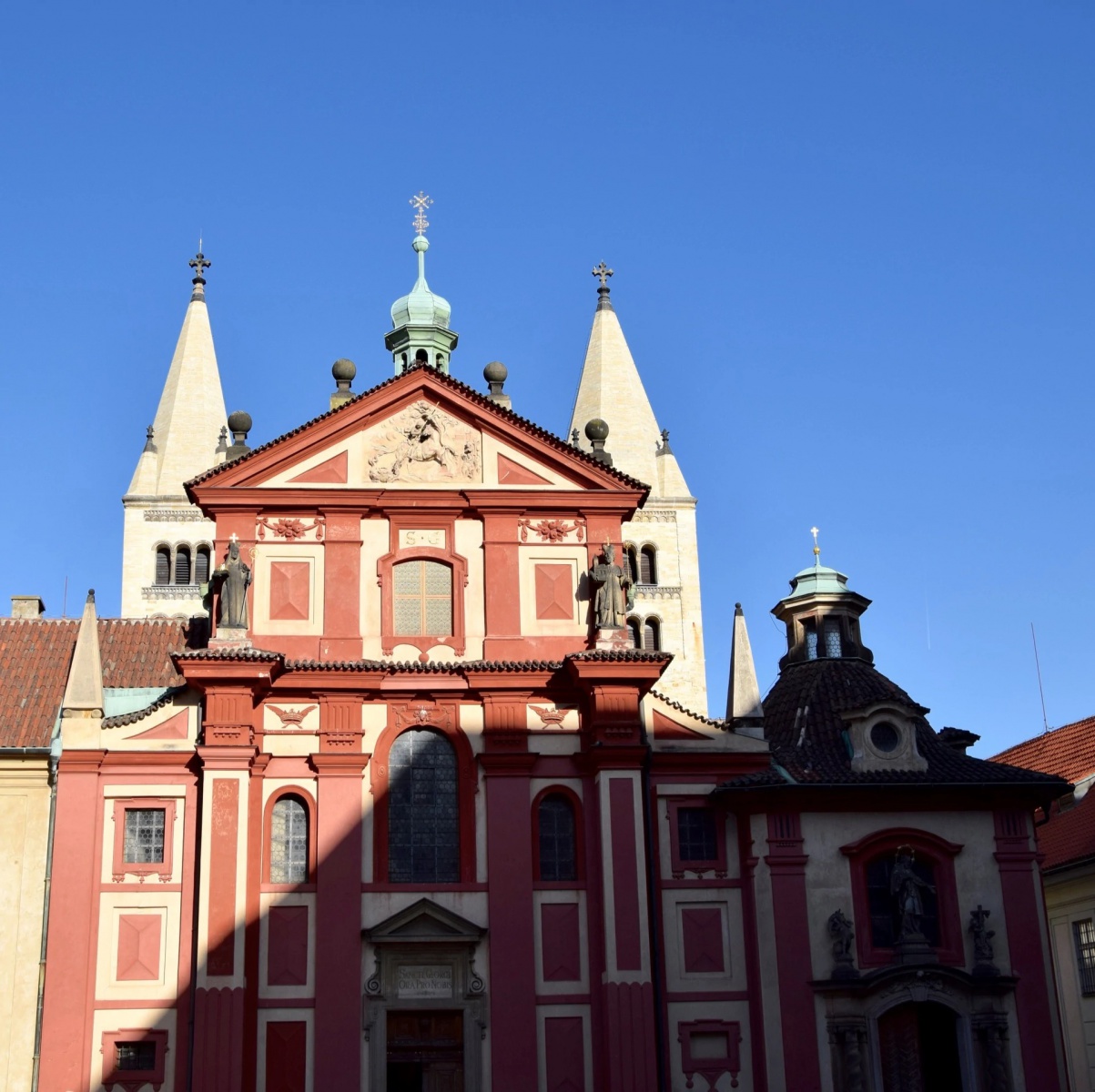When it comes to Prague, many tourists recall the city, the old architecture and, for example, the Prague Castle. No wonder. Prague Castle is a symbol of Prague. We see it being portrayed everywhere. Leaflets, restaurants, tourist shops. We are trying so much to keep our surroundings in mind. And that's what we're doing very well. Our most visited jewel, as it is often called, deserves it like nothing else.
Most of you know that Prague Castle has been the residence of sovereigns since 1918. Today, it serves as the residence of the President of the Czech Republic. Its history dates back to the 8th century when the historical documents dating back to the creation of a fortified settlement from which, over centuries of successive annexes and adaptations, one of the largest castle complexes in the world was built. The complex stretches to nearly 70,000 m² and is listed in the UNESCO World Heritage List.
One of the first to participate in building the Castle was prince Bořivoj around the 9th century. Since then the Prague Castle has served as the residence of Czech princes and rulers. As time went by, the monarchs were adding more and more buildings. The most significant reconstructions were 4. From Prince Soběslav in the 12th century until 1740, when the reconstruction under the guidance of Empress Maria Theresa began. Today's article introduces breakthrough reconstructions that took place through the families and rulers who stayed there at the time. And thanks to which a complex with many architectural styles have been created. After Bořivoj improved the walls and fortifications, Soběslav I. also rebuilt the royal palace to be inhabited and representative.
Another major rebuilding took place in the 14th century during the reign of the Luxembourg family, who rebuilt the royal palace, following the pattern of the French palaces. This reconstruction also includes the construction of the Great Hall, which was the predecessor of today's Vladislav Hall.
Another family involved in the rebuilding of the castle was the Jagellon family. Vladislav Jagellon has built a completely new northern wall with three defensive towers - the Powder Tower - Mihulka, the New White Tower, and Daliborka. Between the older Romanesque and the new Gothic wall, there was a space in which the Golden Lane was later established. He also built the monumental Vladislav Hall.
The Habsburg royal palace was complemented by a modern Renaissance style while also having the Royal Garden built. One of the first Renaissance gardens. In the 16th century, a powerful nobility began to build its palaces. After the fire in 1541, a new Renaissance palace was built by the lords of Pernštejn and the Rosenberg Palace. Later Rudolf II. had both palaces and remained in his property until the reign of Maria Theresa, who rebuilt them into a late Baroque style. After the death of Rudolf II. the Prague Castle ceased to be a permanent residence of the sovereigns.
Also, with the emergence of the First Czechoslovak Republic, the Prague Castle was rebuilt to its new functions. This transformation was initiated by the then president Tomáš Garrigue Masaryk.
This topic is, of course, much more extensive and I would spend hours behind a computer to say everything. That's why I would like to offer one of our Prague tours, which can be found on our website: www.bellprague.cz, where we'll introduce Prague Castle to you and tell you something more about the history.
From our external collaborator Tereza Kultová